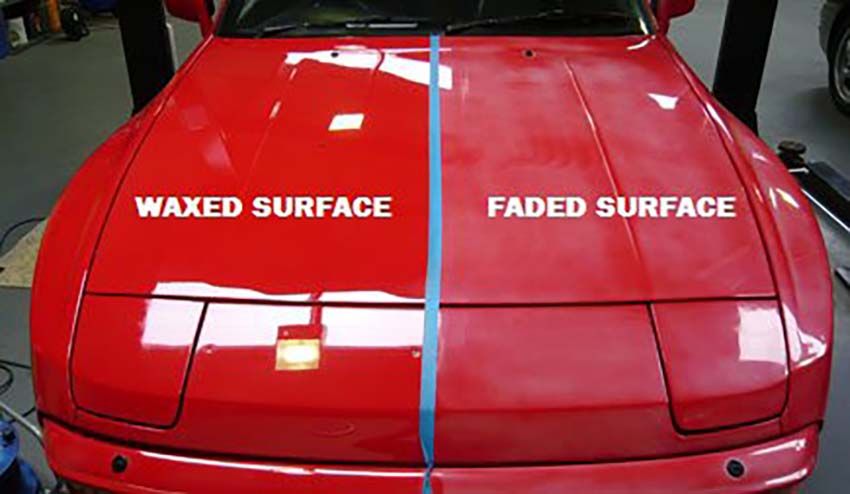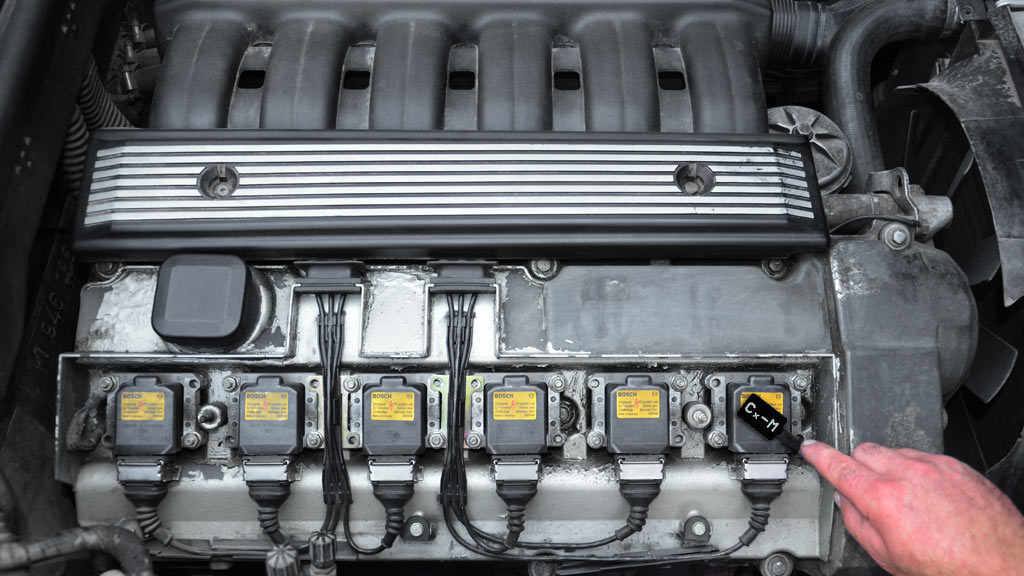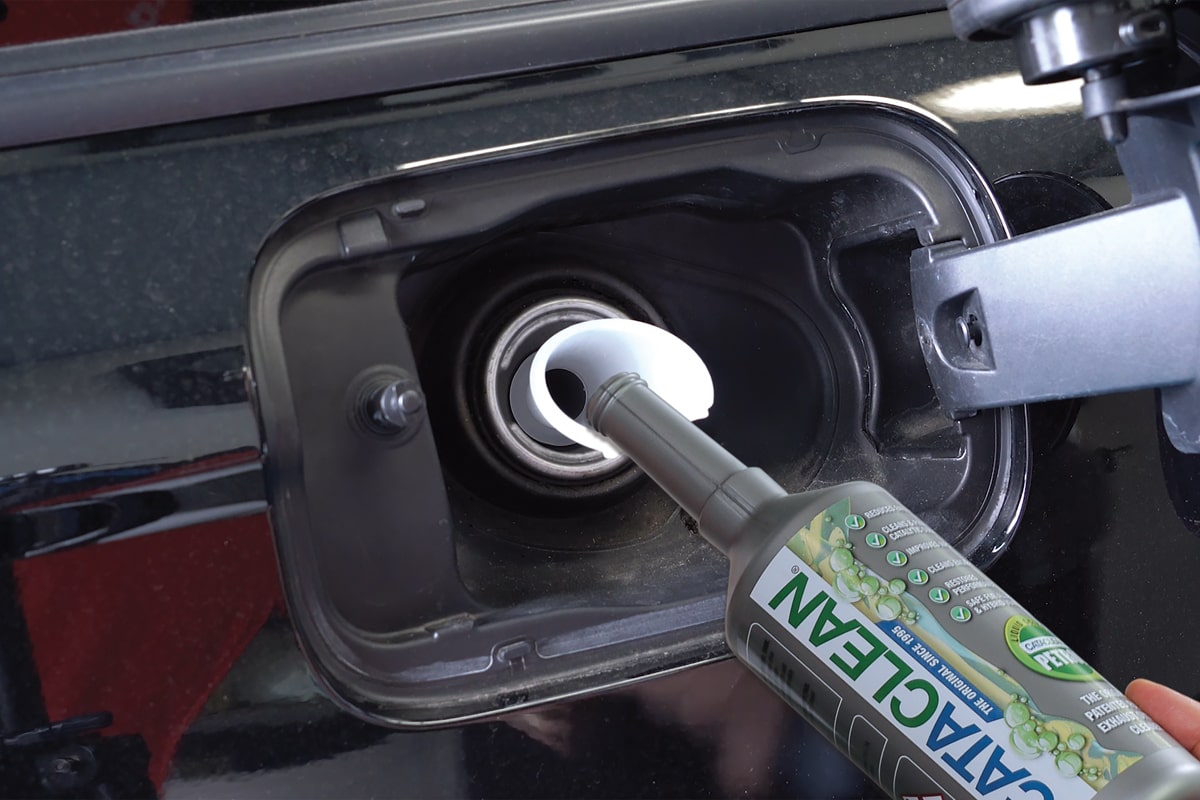The Brake Booster: How It Works In the Braking System
In terms of functionality, a brake booster does the same for a braking mechanism that power steering does for steering. The recent addition to the automobile brake systems is designed to improve braking performance and safety.
With a brake booster, the driver does not need to apply excessive force on the brake pedal when stopping the car.
Brake Booster Definition
Crucial to the functionality of the vehicle and the safety of passengers, a brake booster looks like a black circular-shaped canister.
It works with the master cylinder to give higher pressure to the brakes, thereby reducing the amount of pedal pressure required for braking.
The device sits on the back area of the engine case, specifically between the pedal and the master cylinder. It uses a vacuum to balance the high fluid pressure in the braking system of a vehicle, facilitating effective braking.
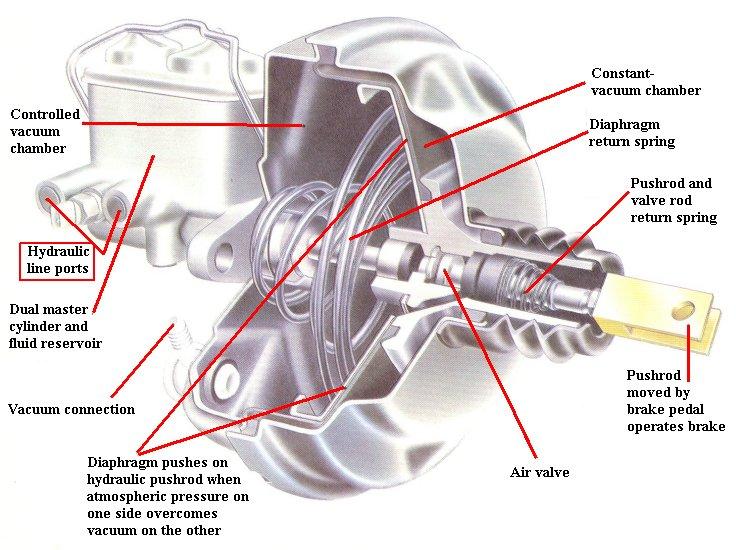
Brake Booster: How It Works
Brake boosters are available with two different diaphragms – single (for smaller vehicles) and tandem (for bigger cars and trucks). They work by multiplying the force exerted on the brake pedal.
When the driver presses the brake pedal, a liquid transmits that pressure to the brakes. However, even that amount of force is not enough to stop the car. So, the brake booster multiplies that force to 2-4 times the size of the diaphragm.
When the brake pedal receives pressure from the driver, a shaft attached to the power brake booster moves forward, thrusting a piston to the main brake cylinder. As a result, brake liquid passes through the braking system.
The brake booster, on the contrary, gives the pedal enhanced strength by using the engine vacuum, counterbalancing the braking system’s high pressure.
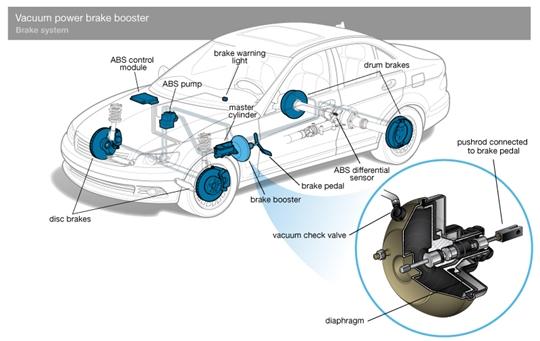
When the liquid reaches the wheels after passing through the brake cylinder, it clasps the brake rotors’ pads, slowing down the vehicle. The frictional force works in transmitting the energy from the brakes to the tires, and then to the road.
The Advantages of Using Brake Boosters
The major function of brake boosters is to increase the power applied to the pedal. You will need to exercise a tremendous amount of pressure to slow down and stop your car if there is no brake booster.
So, it is a blessing for those people who do not have a healthy physique or who have to drive a lot as they no longer need to wrestle down with the brake pedal.
Besides, easy braking with just a little amount of pressure on the pedal reduces the risk of accidents.
Signs of A Bad Brake Booster
The installation of a booster improves the safety of your vehicle; but, like any other element of a vehicle, may wear and deteriorate with time.
As a result, it is critical to be aware of the indications and symptoms of a failed brake booster in order to guarantee prompt diagnosis and repair.
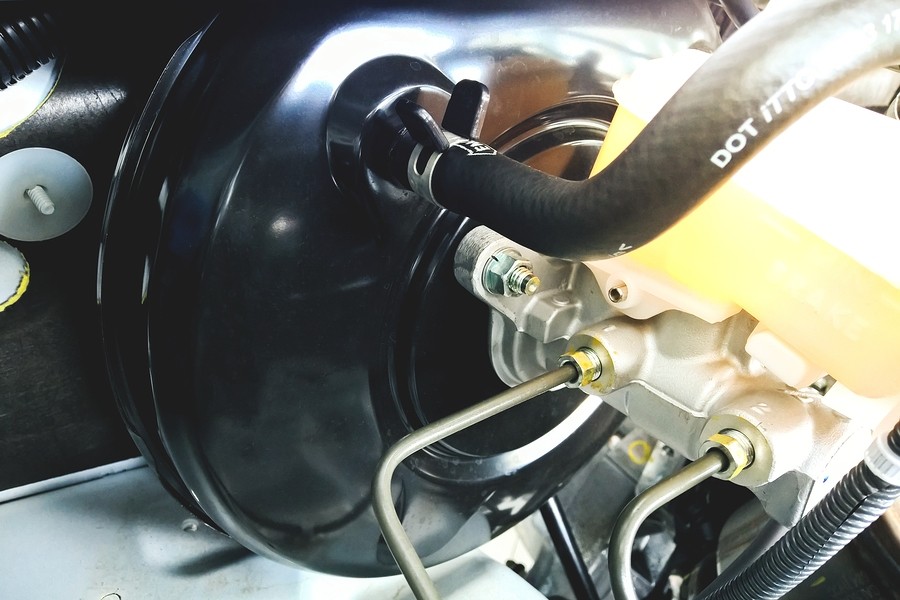
Here are some frequent indications that something is wrong with your brakes. Remember that driving with a failed brake booster system might cause your automobile to accelerate uncontrollably and cause an accident.
- The brake pedal is difficult to depress. This frequently occurs when the vacuum lessens over time. Make an appointment for servicing as soon as you notice this problem, as it may reduce your vehicle’s braking capacity.
- You observe that the braking distance has increased. This might be caused to vacuum air bubbles entering through the master cylinder. Again, this reduces your booster’s braking capability.
- You notice that the brake pedal is a little higher than normal. This might imply that it was pushed out by the vacuum. This might cause issues when driving.
- Engine stalls and emits a hissing sound. This is the point at which the vacuum begins to ‘leak’ or escape.
How Much Does It Cost To Replace A Brake Booster
You may be asking now how much it costs to exchange or replace brake boosters if they fail. A brake booster replacement typically costs between $300 and $750. Because the parts range in price from $160 to $550, the labor charges range from $140 to $170.
Other elements that influence the value include the brand and model of your automobile, as well as the type of damage done to your system.
Modern cars frequently feature complex braking systems. It is quite difficult to discover faulty brake boosters with these systems. Furthermore, if you have defective brake boosters on a modern car, the repair expenses are sometimes substantially greater.
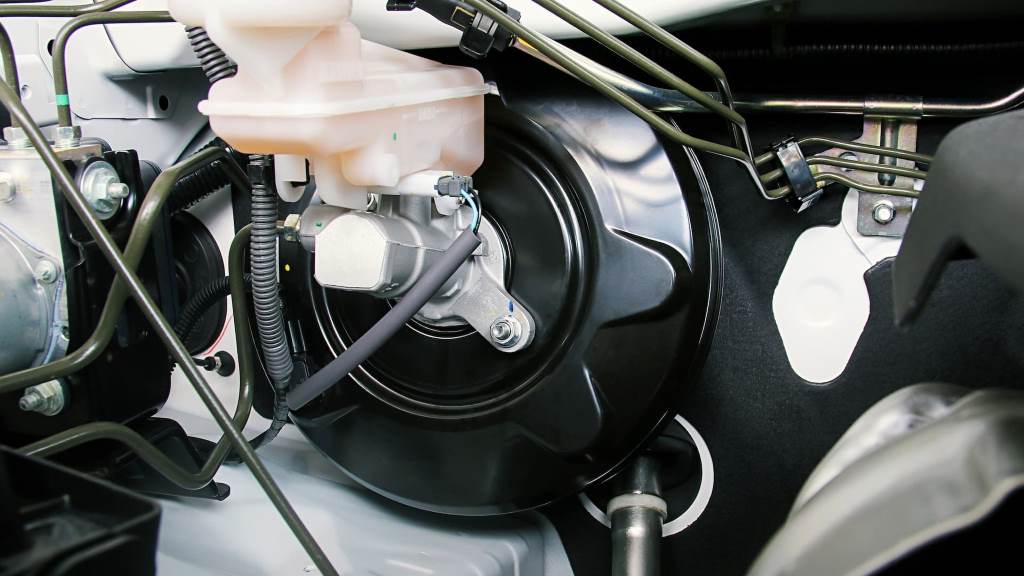
Before you choose a mechanic to travel with, you should always price out many alternatives. This gives you the option of selecting the most appropriate one for your scenario.
You want to find someone that will do a good job while staying inside your budget. Pricing out all of your alternatives can help you assess the benefits and drawbacks of each store.
FAQs on Brake Booster
-
Why are brake boosters installed in contemporary vehicles?
Most current automobiles feature disc brakes, particularly on the front wheels, which necessitates power brakes and, as a result, a brake booster to amplify braking force.
Braking boosters are utilized in vehicles with drum braking systems as well as cars with disc brakes to provide uncompromised safety.
-
What are the different kinds of brake boosters?
There are various types of brake boosters available today. The most common being the dual-piston master cylinder, vacuum boost brakes, dual-diaphragm vacuum boost brakes, hydro-boost brakes, and electric hydro-boost brakes.
-
What is the most popular type of brake booster?
Engine vacuum is the most prevalent form of brake booster. Hydraulic boosters, on the other hand, are accessible. They make advantage of the fluid pressure generated by the power steering pump. Some cars also employ an electronic brake booster.
-
Is a larger brake booster preferable?
Remember, if you have a disc braking system, use the largest brake booster with the most diaphragms feasible to provide the maximum aid.
If you have a drum brake automobile, be extra picky with your options and err on the smaller side so that the car is still comfortable to drive.
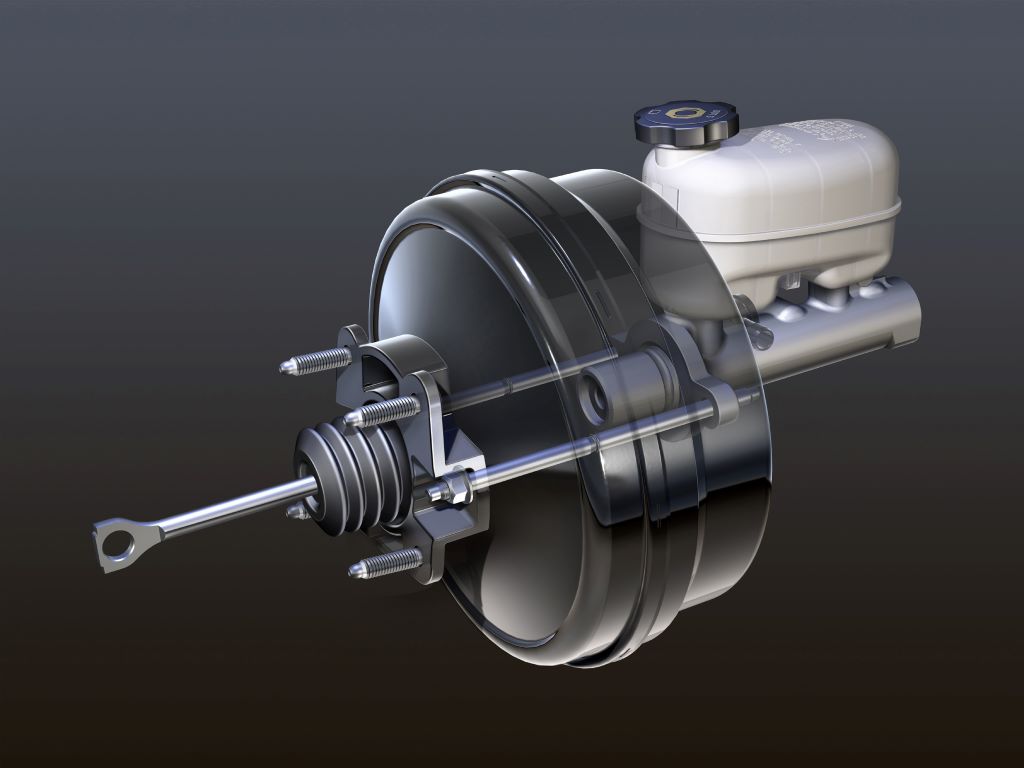
-
How long does it take a brake booster to wear out?
In general, the hydraulic brake booster will outlast your vehicle. There are several things that might cause the booster to be damaged and need to be replaced.
-
Is it possible for a brake booster to produce pedal fade?
Your brake booster gives your braking system the power it needs to activate your brakes. When your booster fails, your brakes may not activate even when you press the pedal, resulting in a soft or spongy pedal.
For more insightful Industry Knowledge, follow Car From Japan today!










